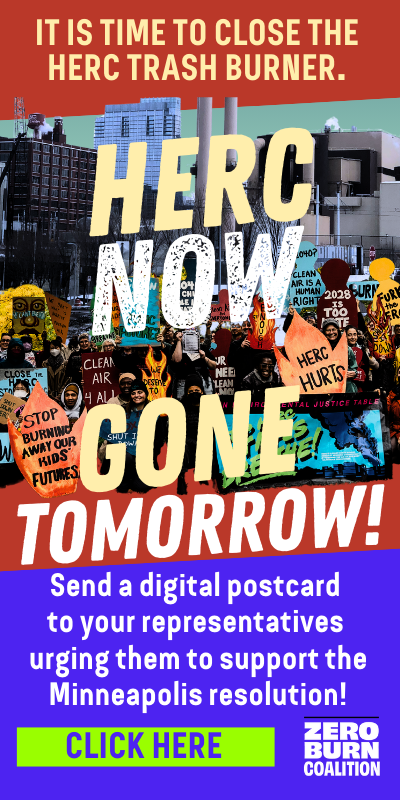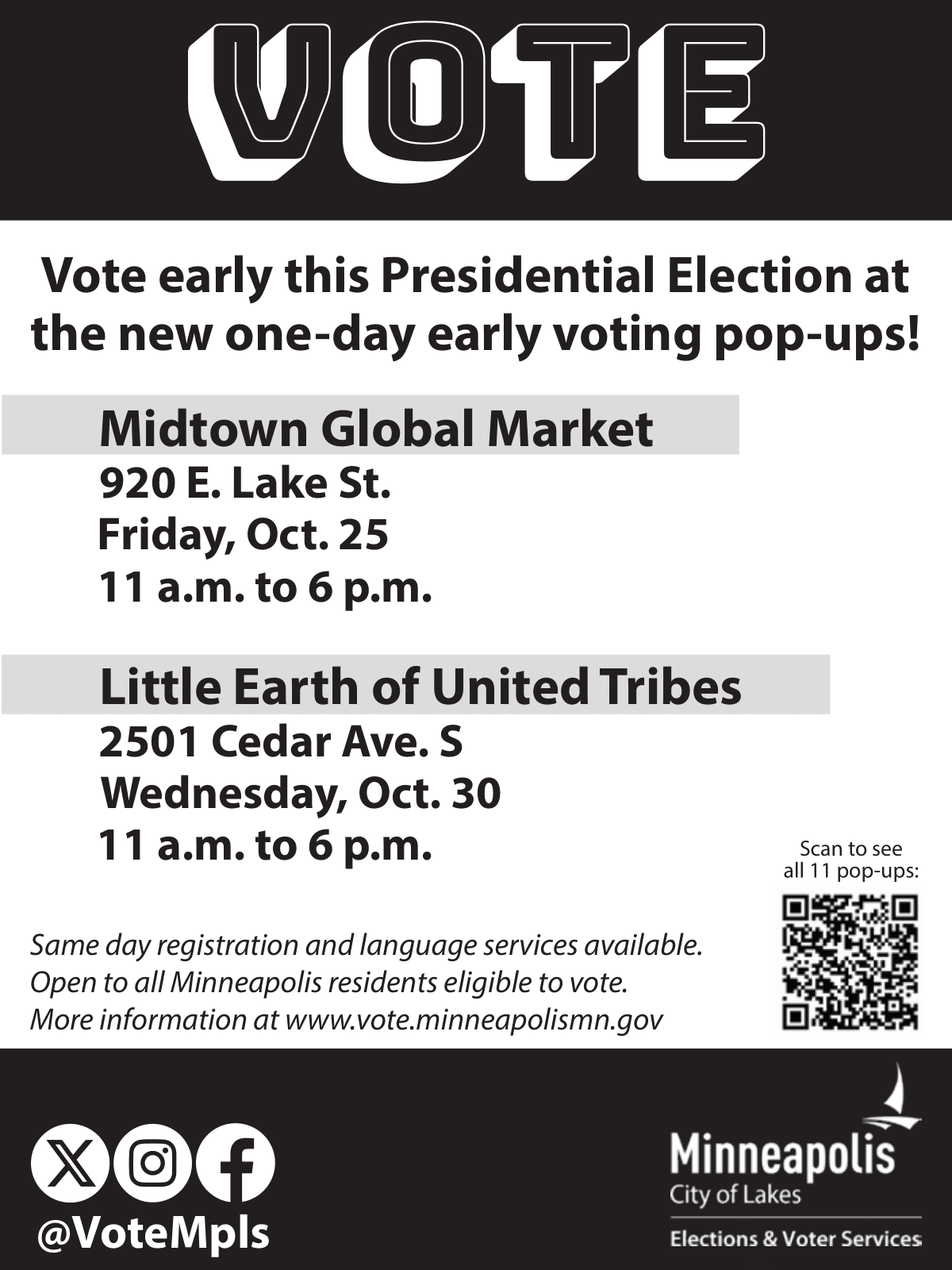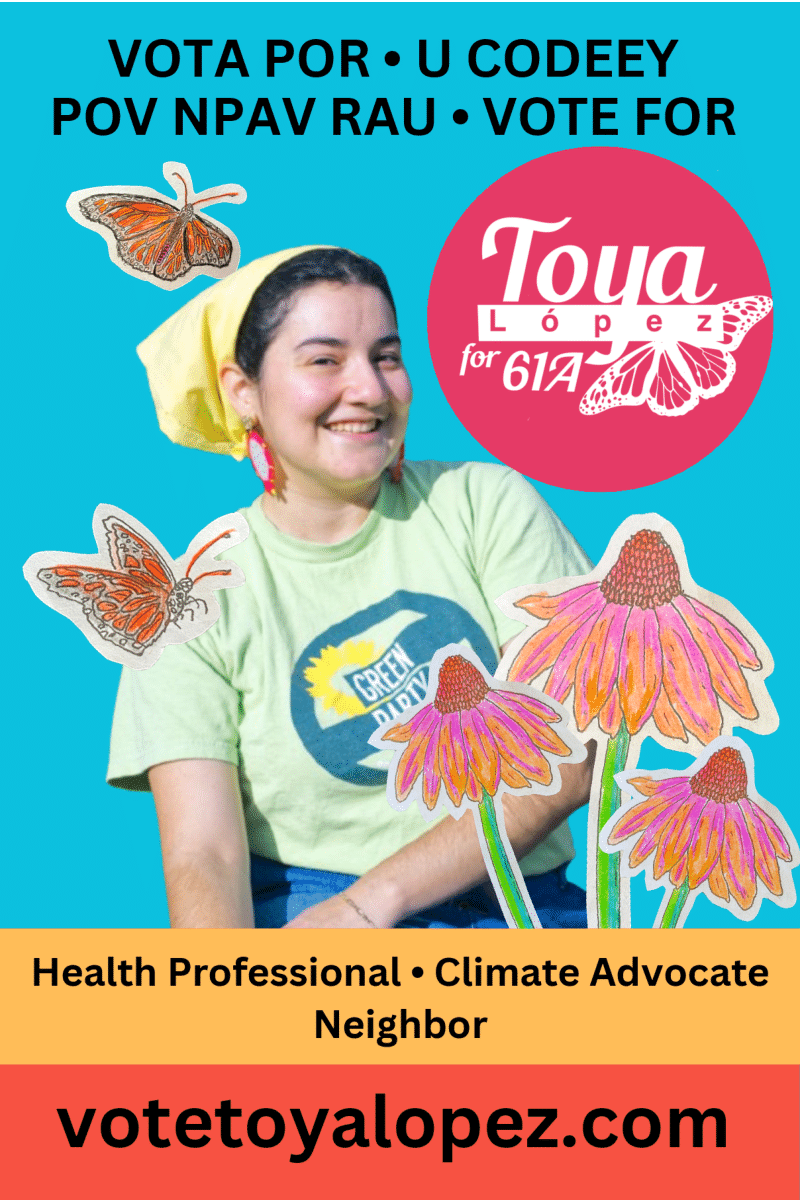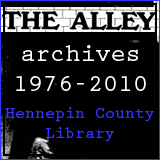Posts Tagged ‘harm reduction’
Neighbors and Harm Reduction Groups Explore Overdose Prevention Site in Phillips
By GRACIE HALLBERG-CAIN, LEX HORAN, and KOR PACE As summer settles in, more neighbors are out and about in the neighborhood - gardening, teaching kids to ride bikes, walking dogs. Along with the relief of the warm weather, it’s also a time when some of the issues that we have in the Phillips neighborhood become more visible. Syringes are uncovered when the snow melts. Sometimes, we see folks using drugs in public areas – situations that are often unsafe for the people using drugs, as well as those around them. This year, a group of neighbors has been exploring an approach that we haven’t tried before: an overdose prevention site (OPS). Overdose prevention sites are proven to save lives and reduce syringe litter, and have not been shown to increase drug use in the surrounding neighborhood. These issues in Phillips are part of a bigger picture. According to the Minnesota Department of Health, overdose deaths rose by 30% between 2019 and 2020 and continue to rise. In [...]
East Phillips Needs Harm Reduction Solutions for the Drug Problem
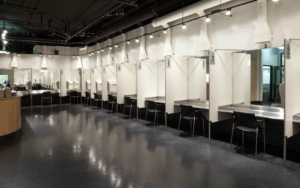
By Stephen Gregg In the eight years I’ve owned my home near 26th St and Bloomington Ave, I have been stuck by a discarded syringe, seen multiple overdoses, two deaths, and countless ambulances and police vehicles. I have watched in horror as entwined problems increase: the number of people experiencing homelessness, open air drug use, and crime. When approaching neighborhood issues, I try to practice empathy. From the beginning I’ve wanted to be involved in the work to find solutions, attending countless neighborhood meetings of all sorts. The problems here are deep-rooted and complex. I’m not a social worker–actually I’m an agricultural plant scientist. So I also comb research for solutions to problems. And this search has pointed me strongly towards harm reduction practices and services, practices endorsed by the CDC. Harm reduction has the potential to reduce short term harms while creating space for long lasting change. The city is already funding harm reduction [...]
East Phillips Needs Harm Reduction Solutions for the Drug Problem

By Stephen Gregg Photos courtesy of PHS Community Services Society In the eight years I’ve owned my home near 26th St and Bloomington Ave, I have been stuck by a discarded syringe, seen multiple overdoses, two deaths, and countless ambulances and police vehicles. I have watched in horror as entwined problems increase: the number of people experiencing homelessness, open air drug use, and crime. When approaching neighborhood issues, I try to practice empathy. From the beginning I’ve wanted to be involved in the work to find solutions, attending countless neighborhood meetings of all sorts. The problems here are deep-rooted and complex. I’m not a social worker–actually I’m an agricultural plant scientist. So I also comb research for solutions to problems. And this search has pointed me strongly towards harm reduction practices and services, practices endorsed by the CDC. Harm reduction has the potential to reduce short term harms while creating space for long [...]



